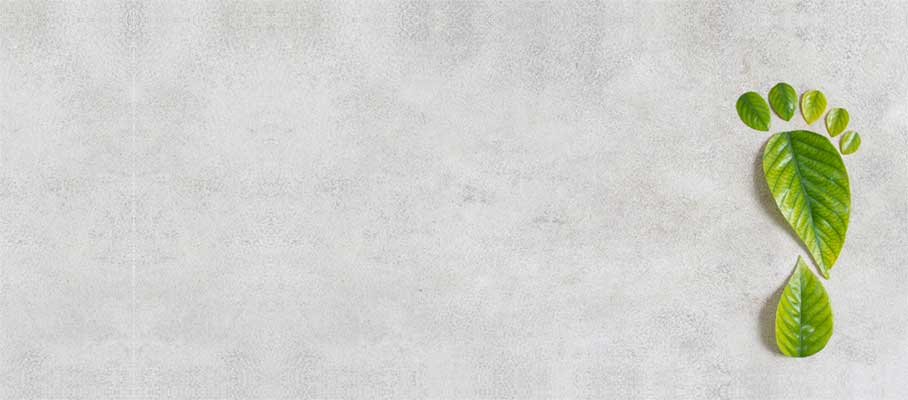
FATTYLIVER
Fatty liver is a condition where there is abnormal accumulation of fat in liver. The condition is influenced by disrupted fat metabolism. The disease manifest in two ways :- Alcoholic fatty liver disease and Non-alcoholic fatty liver disease. However it is difficult to distinguish between the two. The prevalence is found to be more among the obese population.Ayurvedic View
Due to excess intake of sweet and other fat-containing food, and sedentary life-style, the kapha dosha gets aggravated. This vitiated kapha block the pitta dosha. Simultaneously the medo dhatu(fat) gets vitiated and aggravated . Thus occurs the diminution of proper digestion and metabolismof fat; causing fat related disorders.
Causes
- Excess alcohol intake
- Obesity
- Diabetes
- Dyslipidemia
- Diseases such as Hepatitis C, Wilson’s disease etc
Signs & Symptoms
- No associated symptoms in particular
- Fatigue
- Anorexia
- Vague abdominal pain
- Weight loss
Diagnosis
- Laboratory investigations to test
- liver enzymes
- Routine blood test
- Ultrasound
- Liver biopsy
LIVER CIRRHOSIS
Liver cirrhosis is a pathological condition in which the liver doesnot function properly due to irreversible chronic injury of hepatic parenchyma. It is characterized by replacement of normal liver tissue by scar tissue. These changes leads to loss of liver function.The disease is very common among the age group of 25-65. The disease manifests slowly over months or years. Often, cirrhosis is symptomlessin the earlier stages. Later, the person will become weak, have fluid build-up in abdomen, manifestation of spider-like blood vessels on abdomen skin, swelling over the lower limbs.
Ayurvedic View
People who indulge in food which produce burning sensation during digestion, and which block the tissue channels, the rakta and kapha undergo abdominal changes, and causes the enlargement of liver. Abdomen is enlarged more on the right side. The patient will become debilitated, with mild fever, poor digestion, loss of strength.
Causes
- Chronic increased consumption of alcohol
- Fatty liver associated with diabetes, obesity, protein malnutrition
- Chronic Hepatitis (B & C)
- Metabolic liver disease
- Biliary cirrhosis
- Drugs and toxins
- Idiopathic
Signs & Symptoms
- Vague right upper abdominal pain
- Spider-web like blood vessels over abdomen
- Nausea and vomiting
- Diarrhoea
- Yellowish discolouration of skin
- Accumulation of fluid in peritoneal cavity
- Edema over lower limbs
Diagnosis
- Laboratory tests
- Hemoglobin count
- Bilirubin level
- Platelet count
- Liver biopsy
- Ultrasonograpy
CHOLELITHIASIS
Cholelithiasis or Gall-bladder stone is the inflammmtion of gall-bladder wall and the abdominal lining nearby, due to the formation of stone of bile components within the gall-bladder or in the common bile duct. The disease can be symptomatic or asymptomatic. Comparitively women are more prone to the disease. The risk of gall stone increases above the age of 40.Ayurvedic View
Due to the excess intake of heavy and fatty foods, and improper life-style, kapha dosha gets vitiated. Simultaneously, pitta dosha gets vitiated due to excess hot and spicy foods, over alcohol consumption, etc. Thus vitiated kapha gets mixed with vitiated pitta and produces a sticky mixture. This mixture is dried up by vata dosha and results in formation of stone.
Causes
- Increased consumption of carbohydrates and glycemic diet
- Rapid wieght loss
- Conditions like ileal disaese, bypass
- Long-term constipation
- Obesity
Signs & Symptoms
- Asymptomatic, till the pathway gets obstructed by the stone
- Indigestion after the intake of fatty foods
- Anorexia, nausea and vomiting
- ‘Biliary colic’ pain in the upper right side of abdomen
- Low grade fever
- Fat containing stools which are clay-colored
- Tea-colored urine
- Referred pain over the right shoulder
Diagnosis
- Physical examination
- Fecal studies
- Laboratory investigations of
- LFT
- CRP
- Amylase
- Ultrasonography of gall-bladder
HYPERCHOLESTEROLEMIA
Hypercholesterolemia or Dyslipidemia is the presence of high levels of cholesterol in blood. About 80% of affected individuals remain undiagnosed. Elevated level of LDL-cholesterol results in an increased risk of atherosclerosis and coronary heart disease. Atherosclerosis causes the thickening and hardening of inner most layers of artery.Ayurvedic View
Intake of foods which increase kapha, absence of physical activity etc causes increase of medas or fat. This obstructs the channels of remaining tissues, depriving them of nutrition. Difficulty in breathing even in slight exertion, exhaustion and obesity manifests. The channels of vata get obstructed by the increased fat inside the abdomen. This increases the digestive activity and thus craves for large quantity of food. With the increase of fat, the three doshas also undergo increase, and produce many severe complications.
Causes
- Genetic factor
- Improper diet
- Obesity
- Conditions like type 2 diabetes, hypothyroidism, nephrotic syndrome, obstructive liver disease
- Excess alcohol consumption
Signs & Symptoms
- It is often asymptomatic
- Yellow plaques in skin around the eyes
- Fatty skin deposits
- Elevation for a long duration can result in atherosclerosis
Diagnosis
- Fasting lipid panel testing
- HDL
- Total cholesterol
- Triglycerides
- Non-fasting lipid panel testing
- HDL
- Total cholesterol
